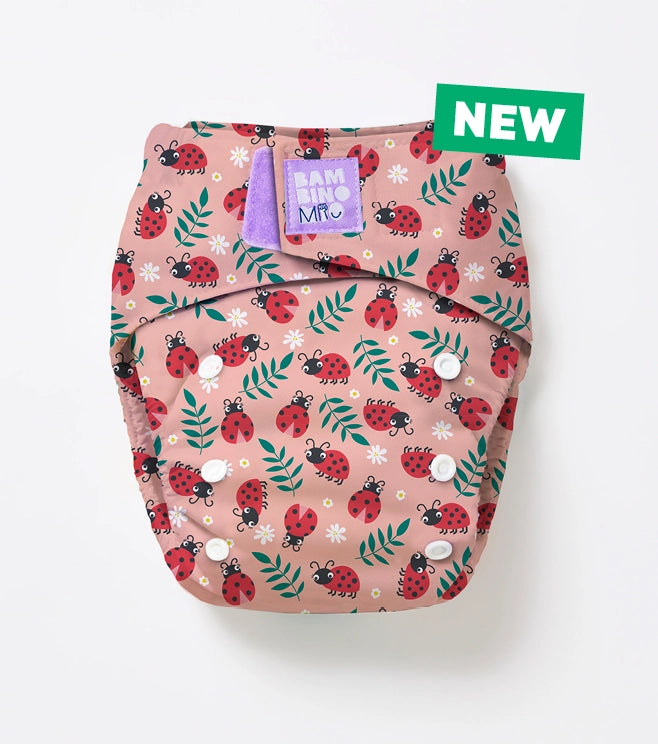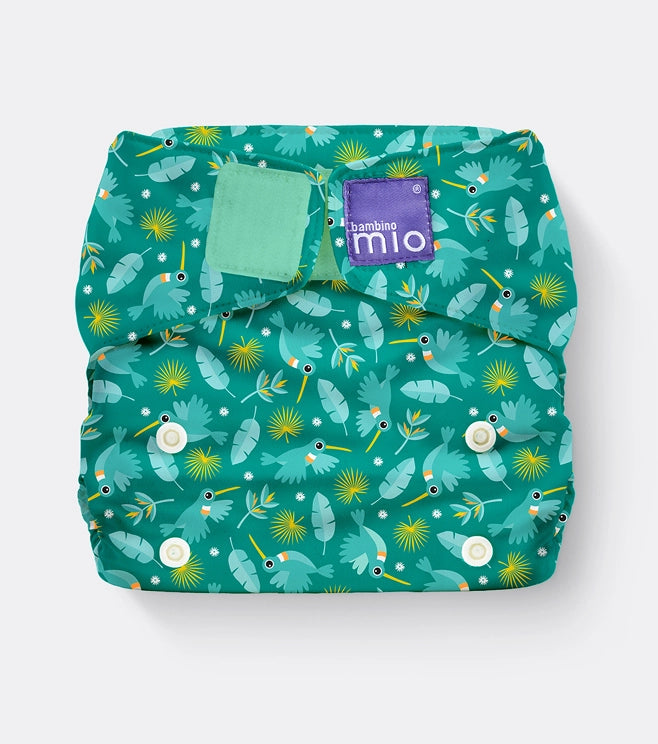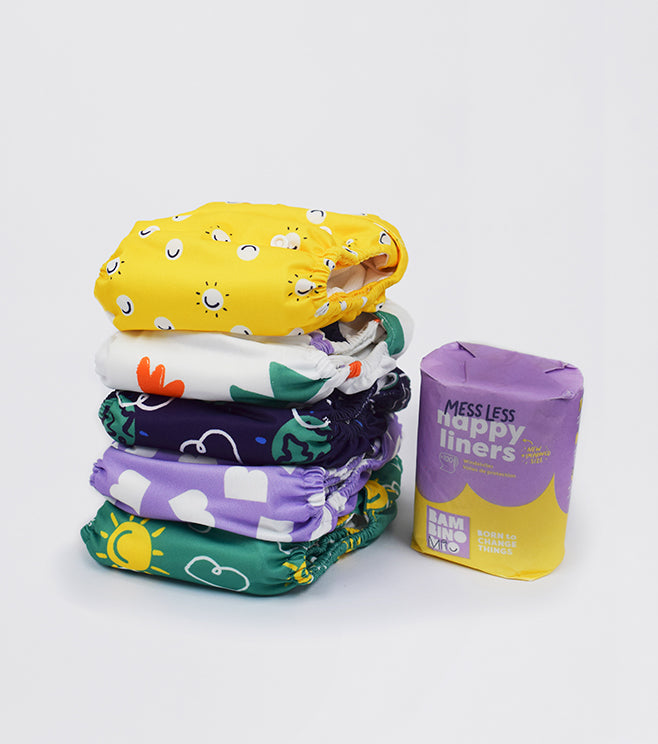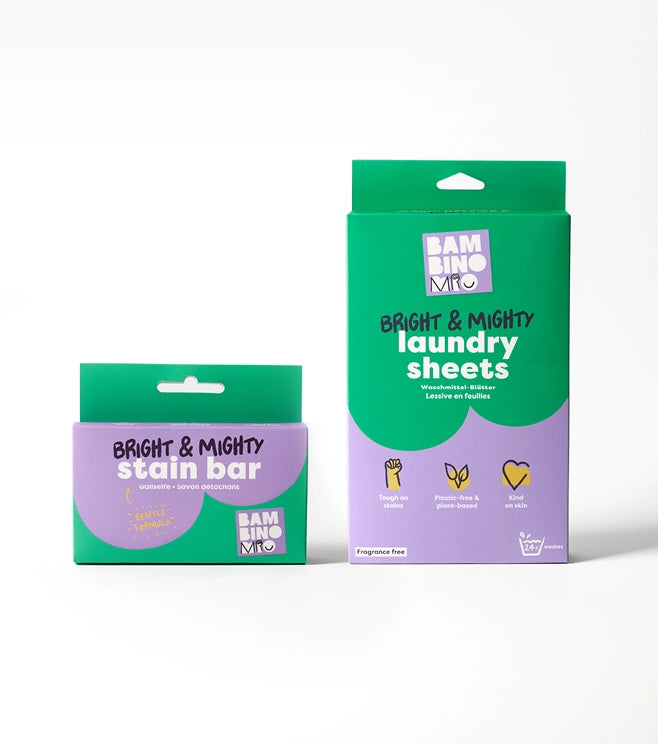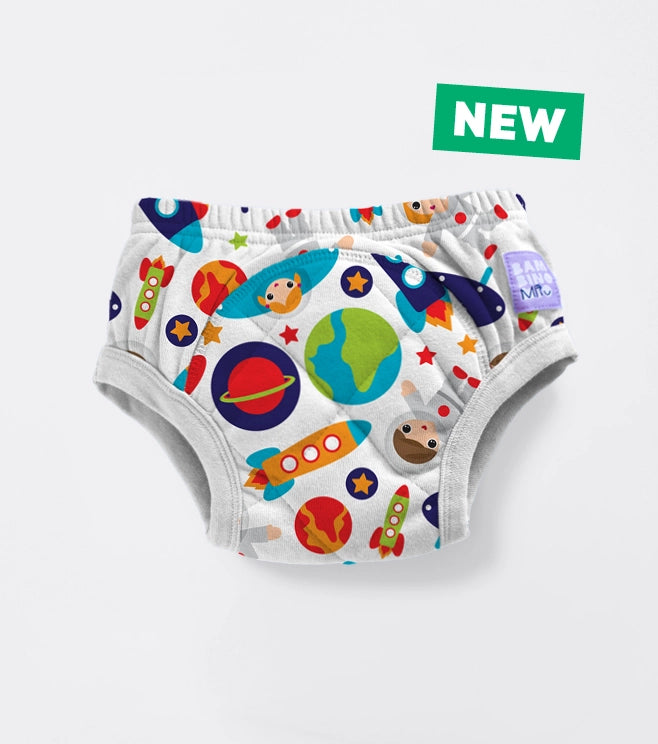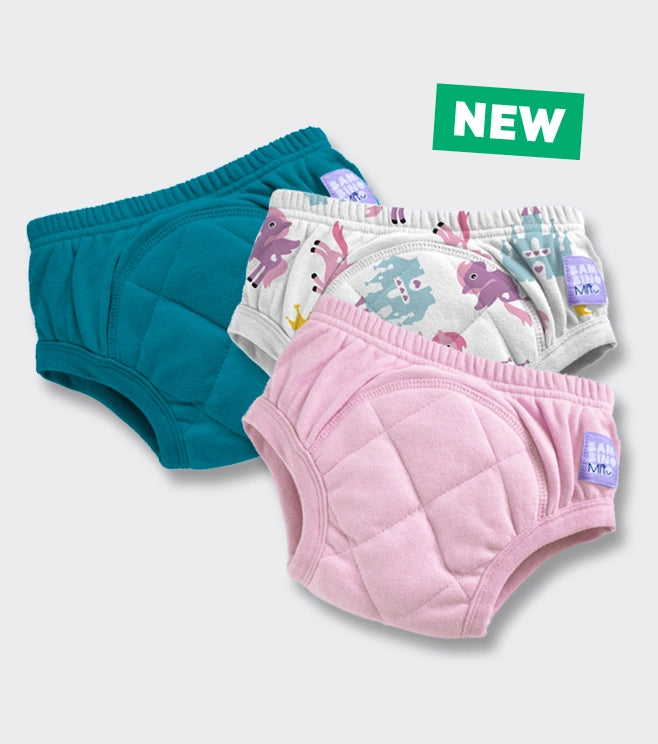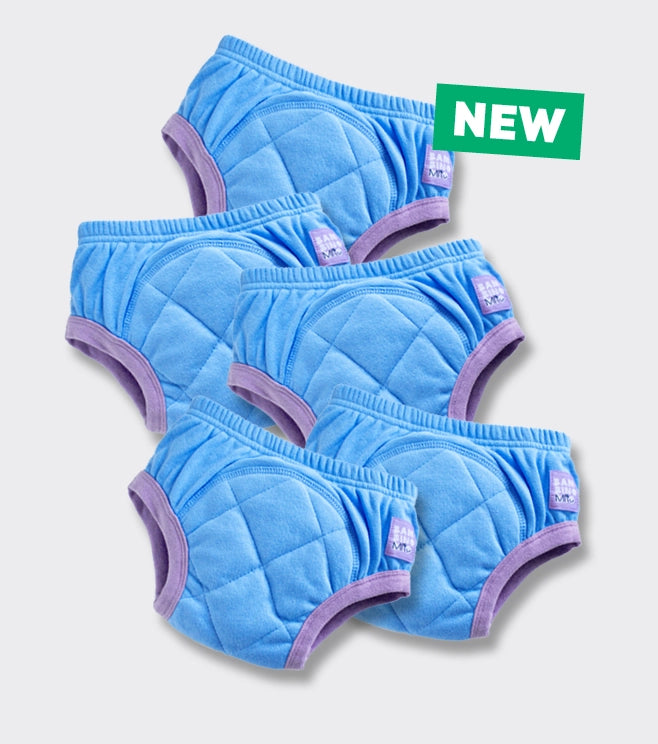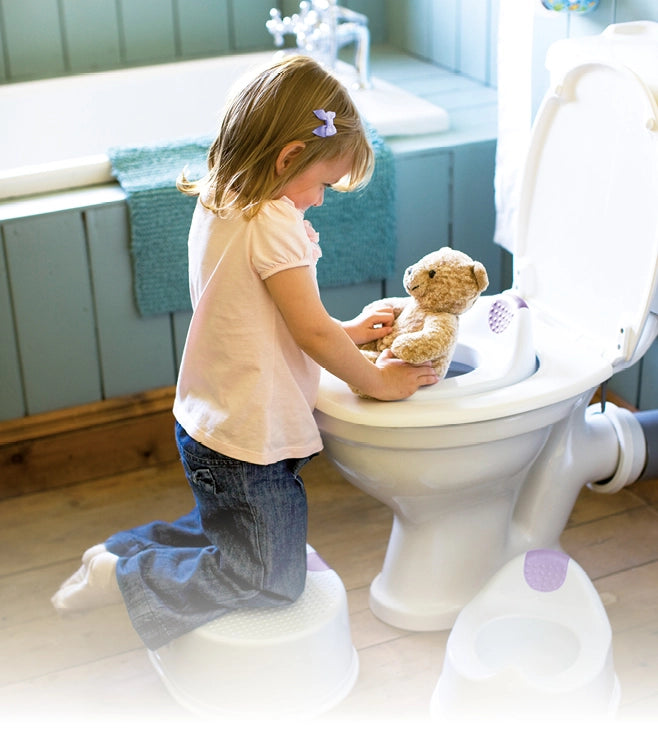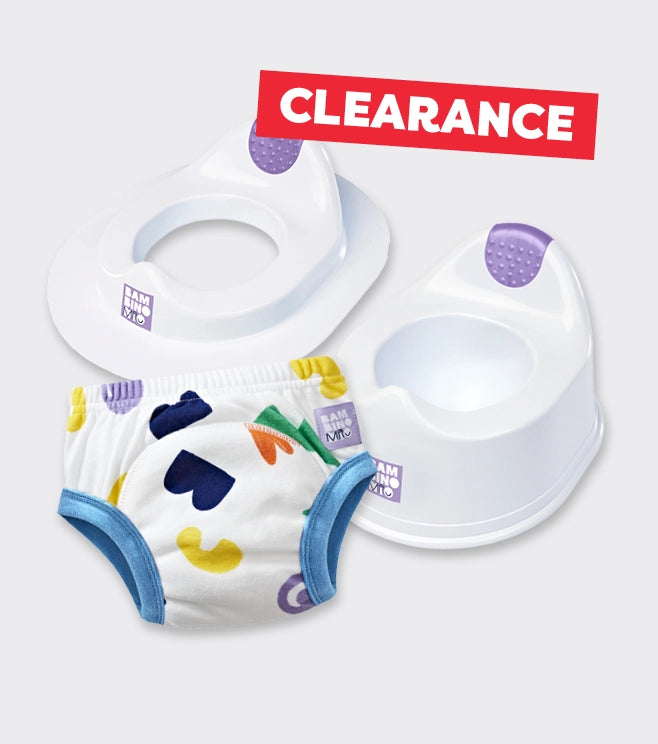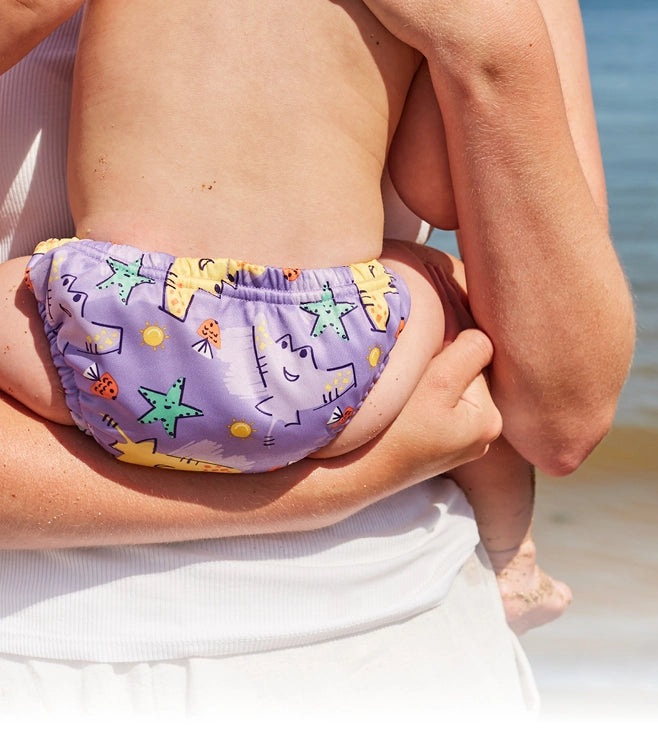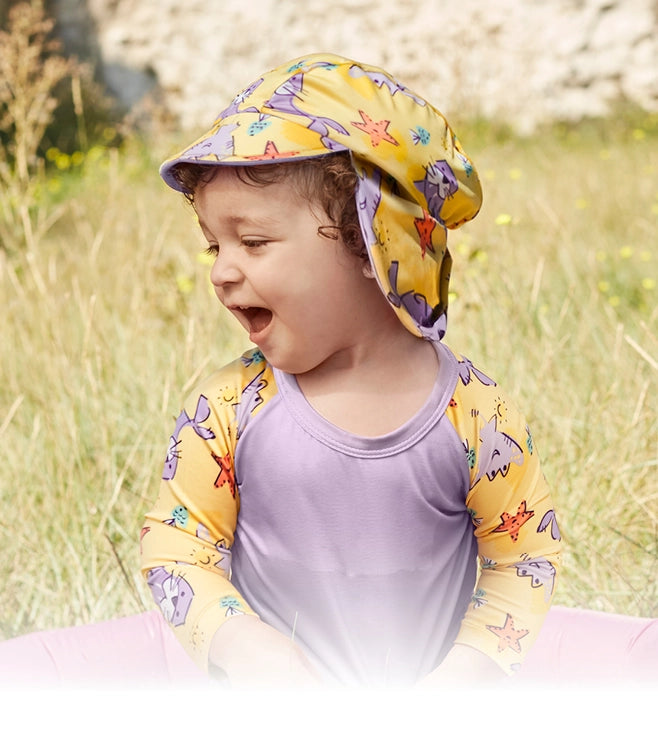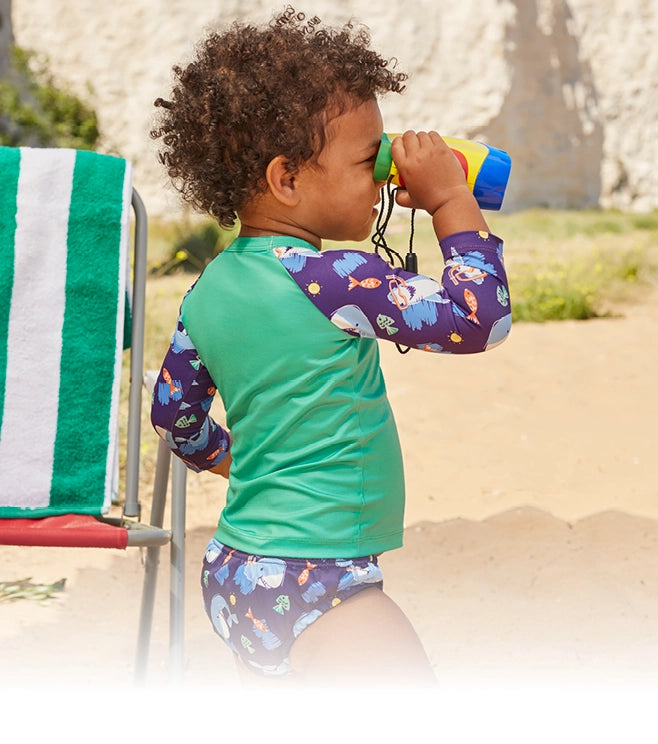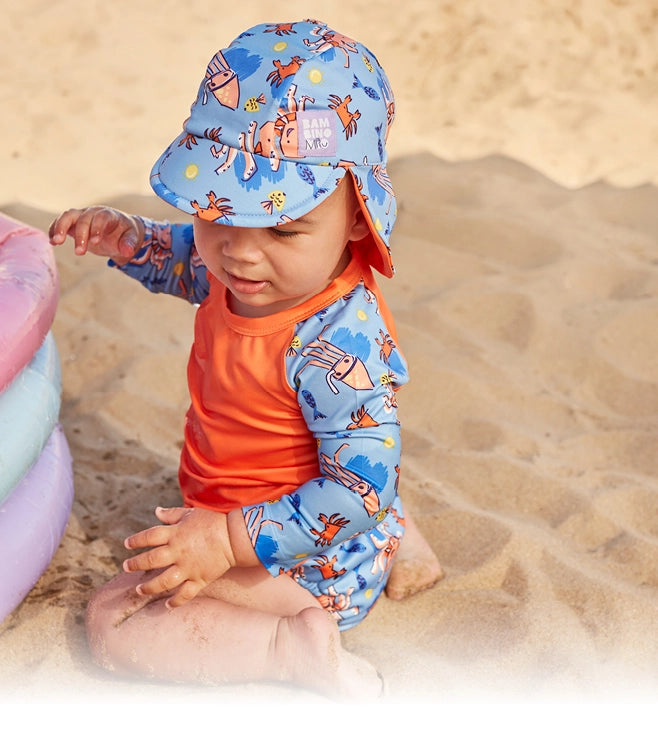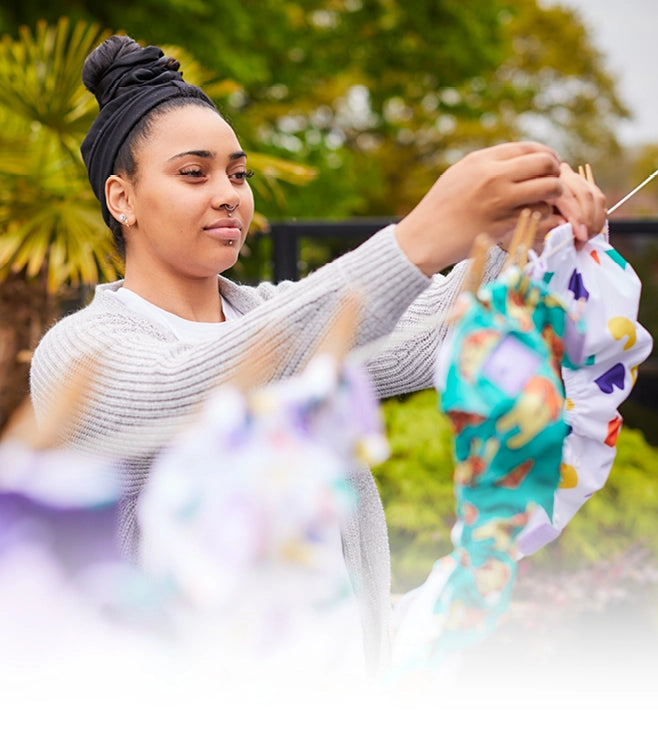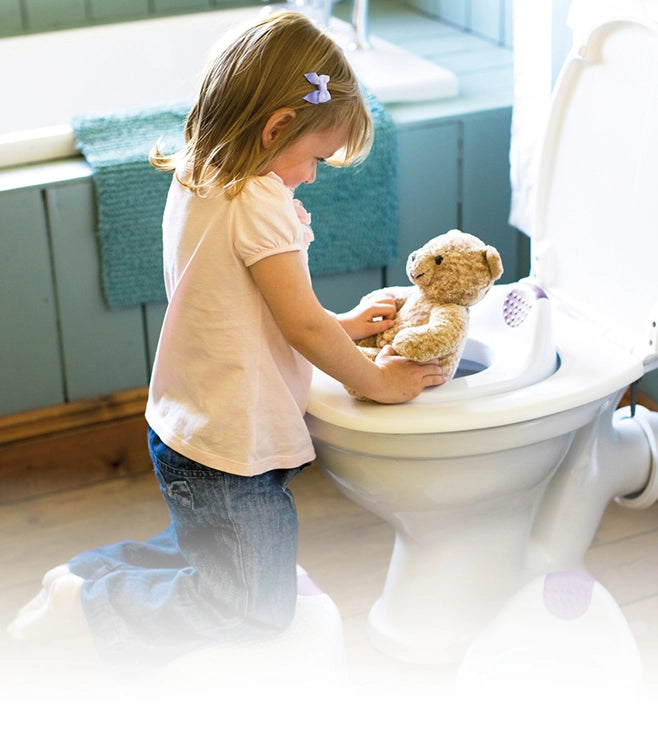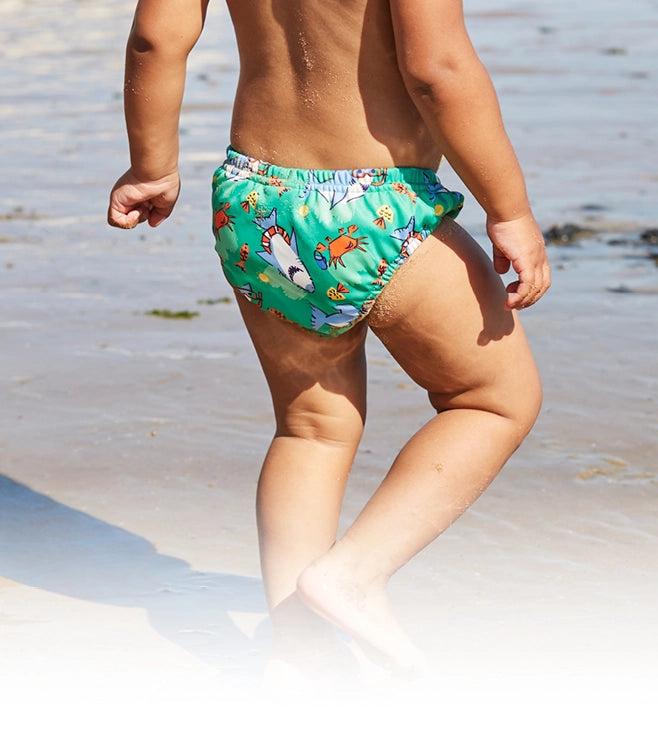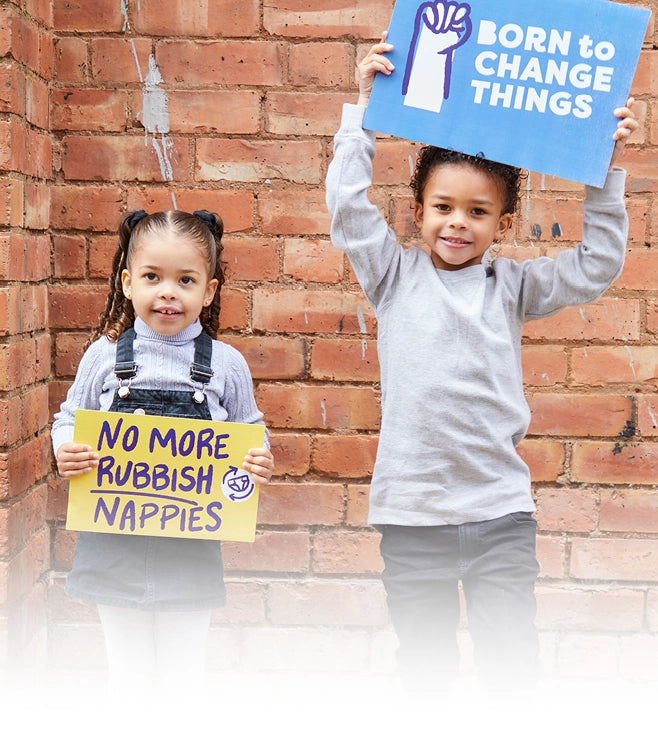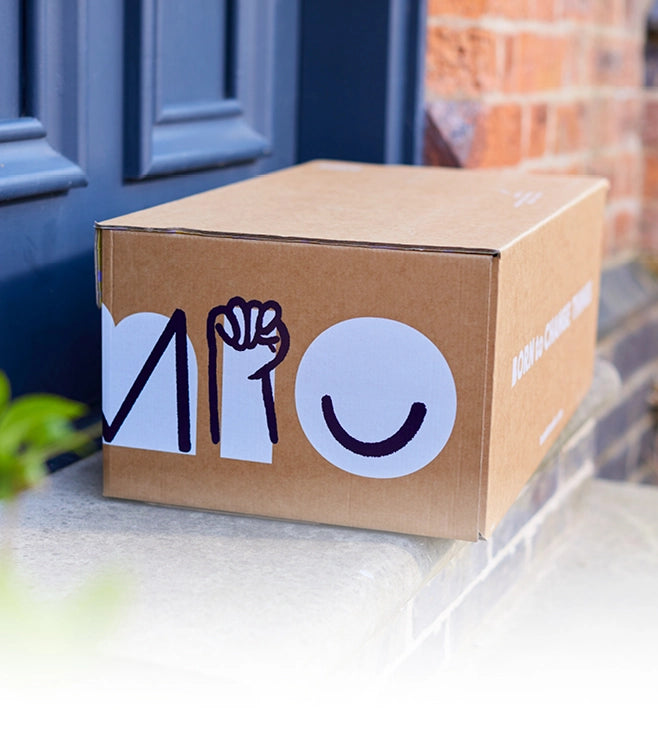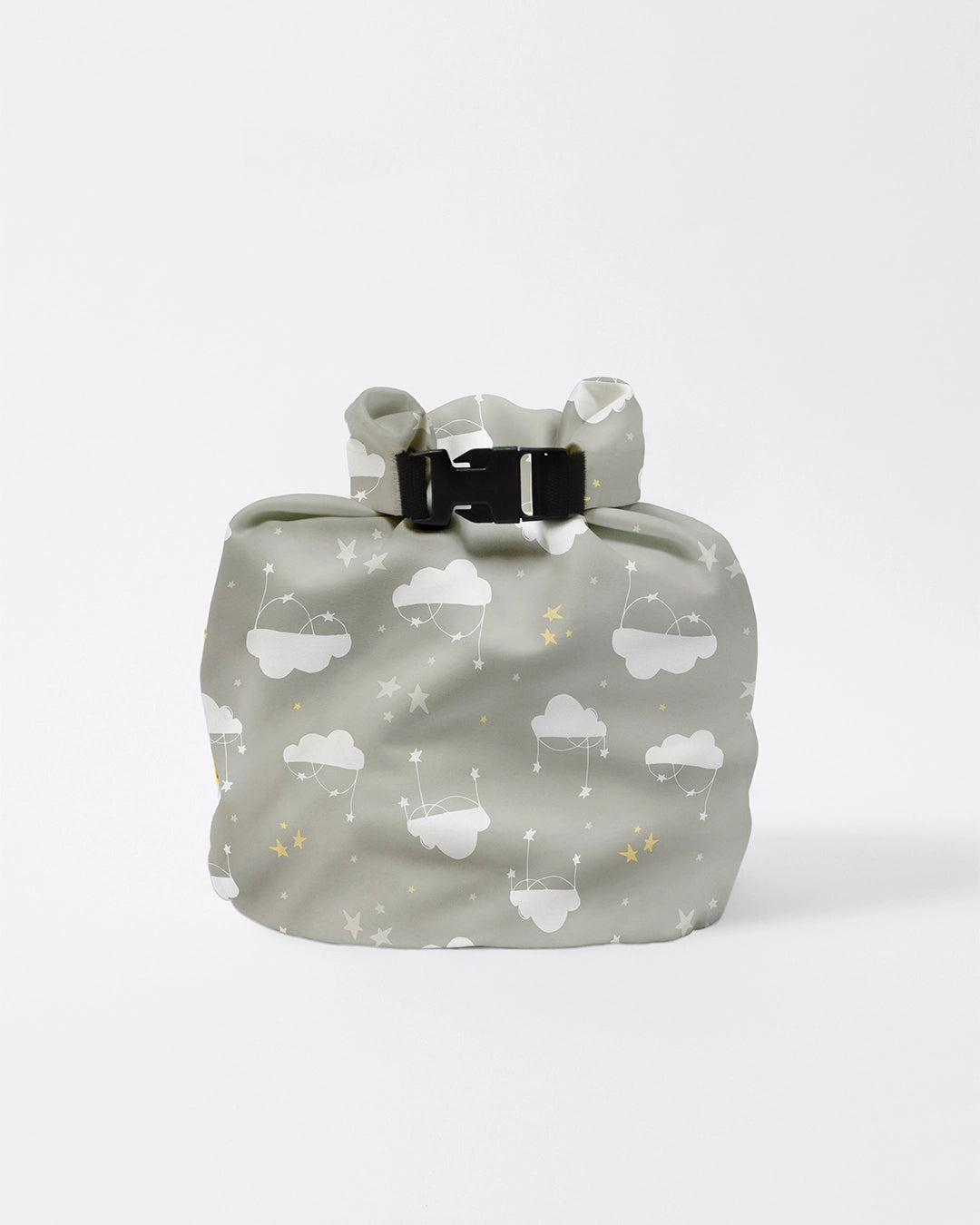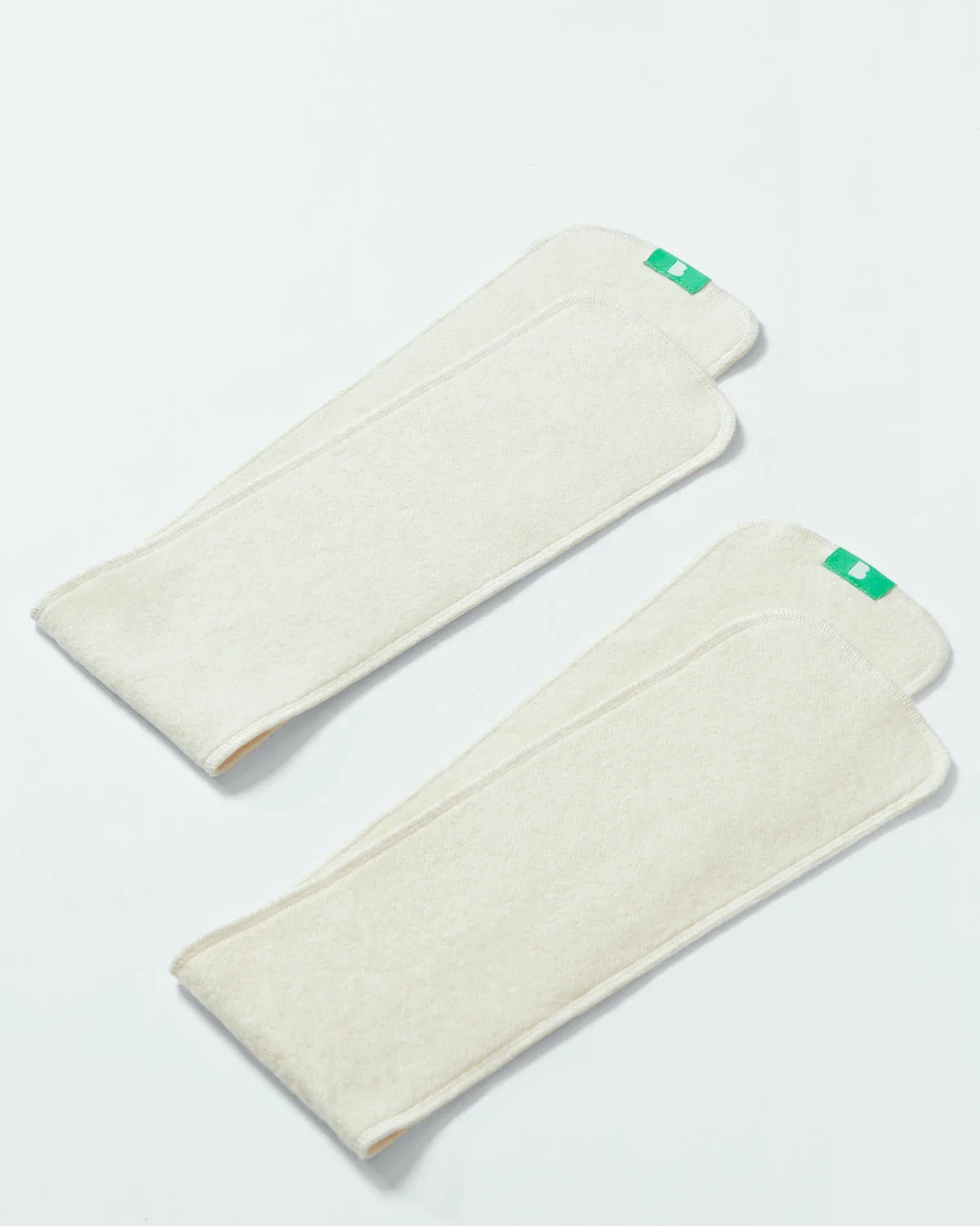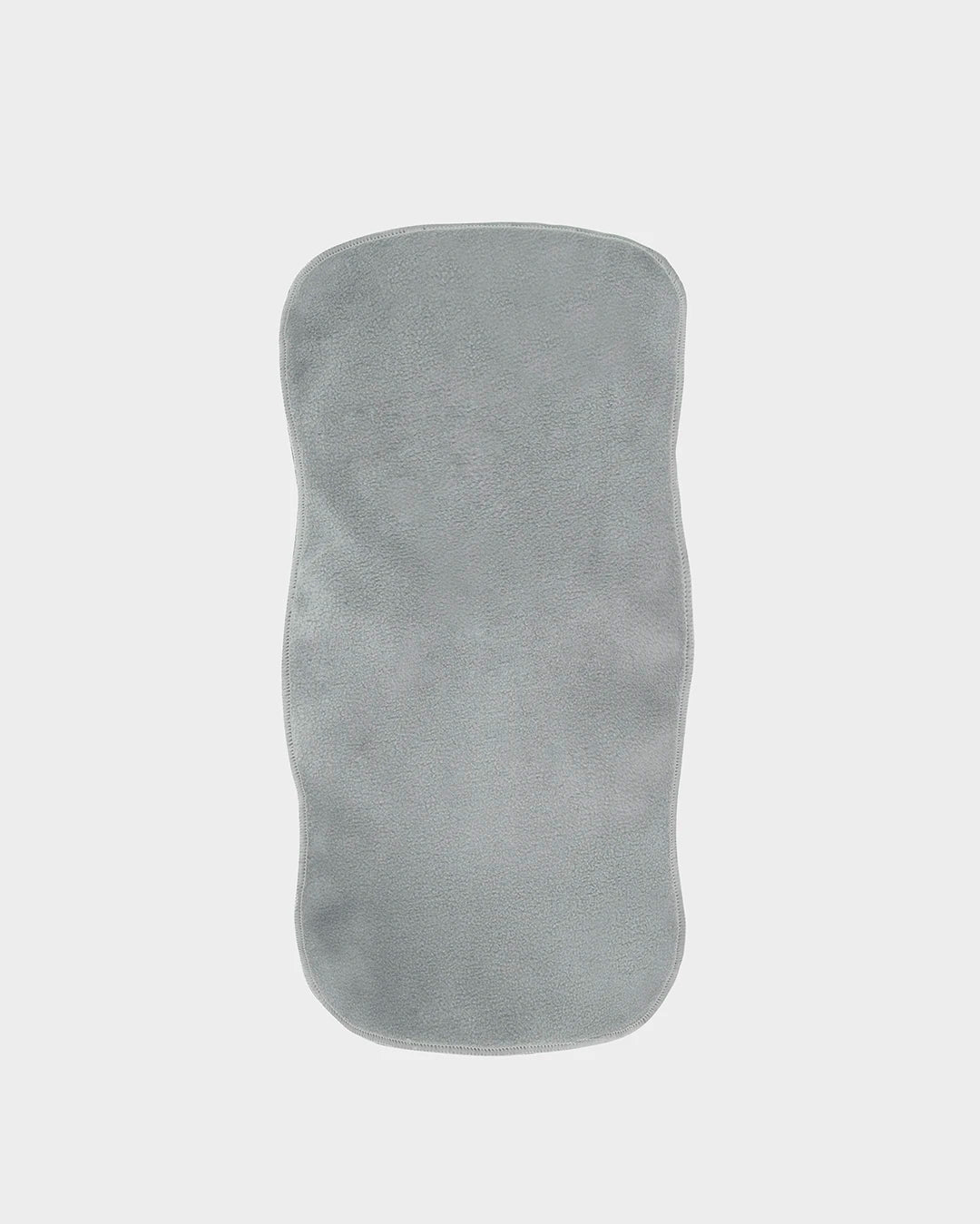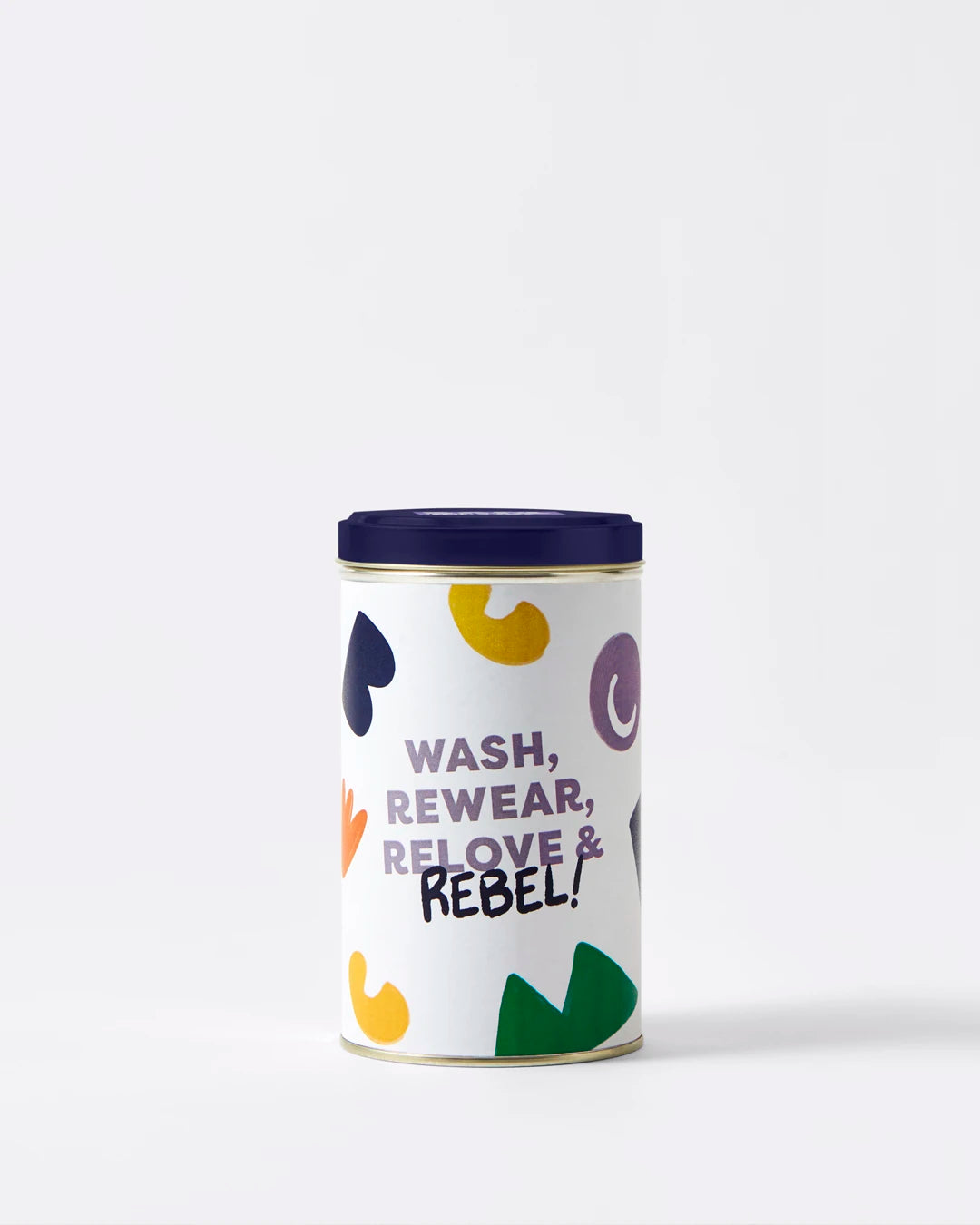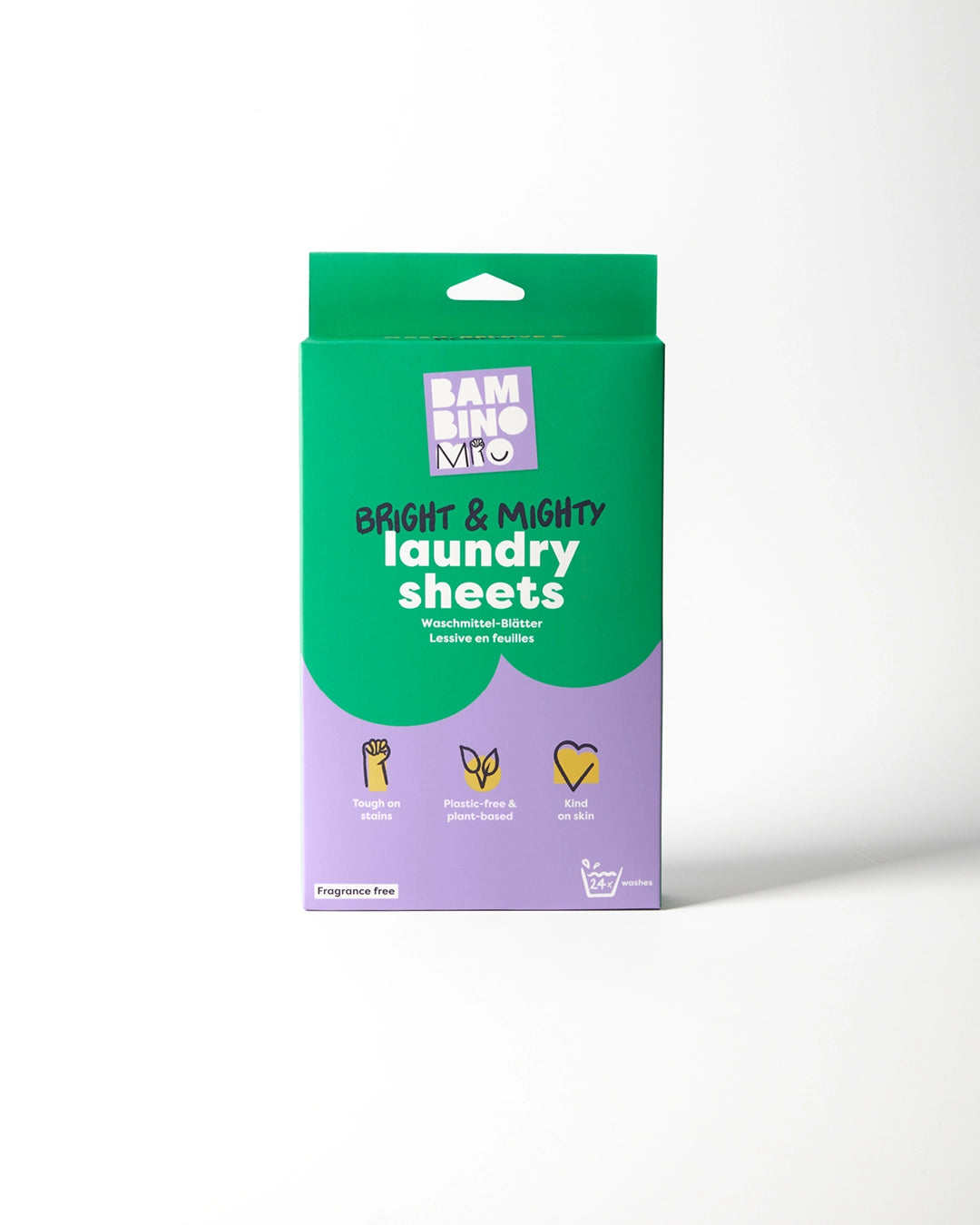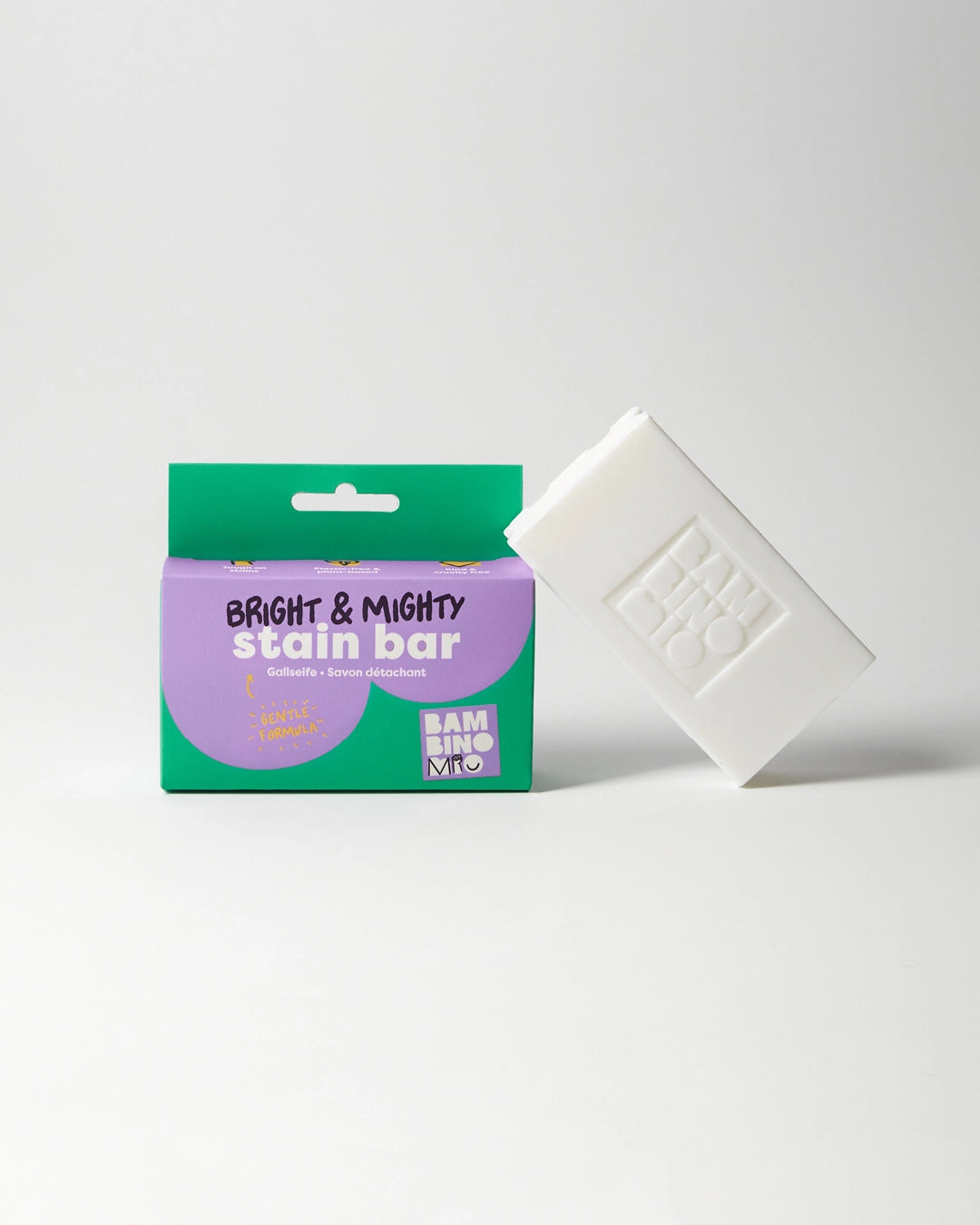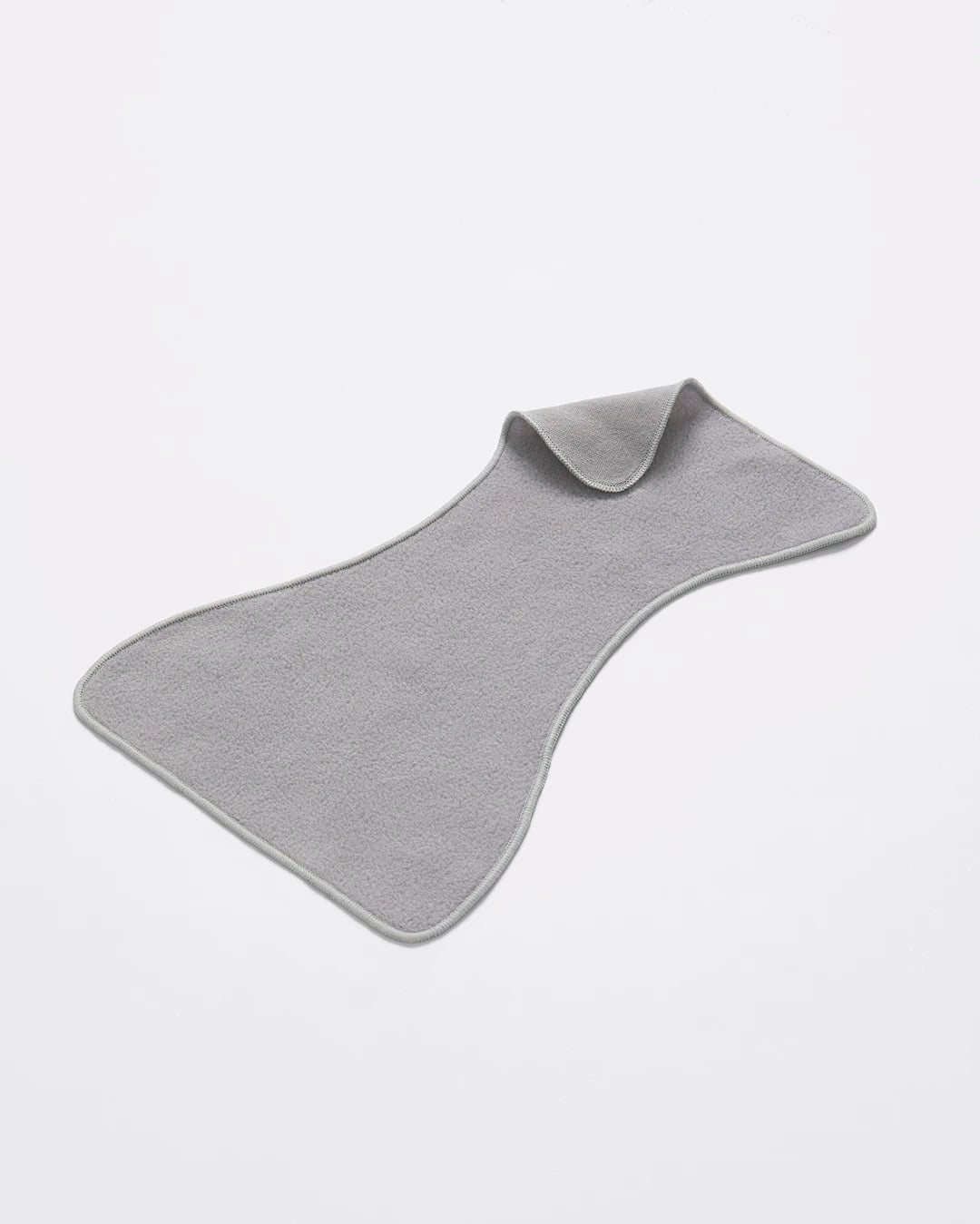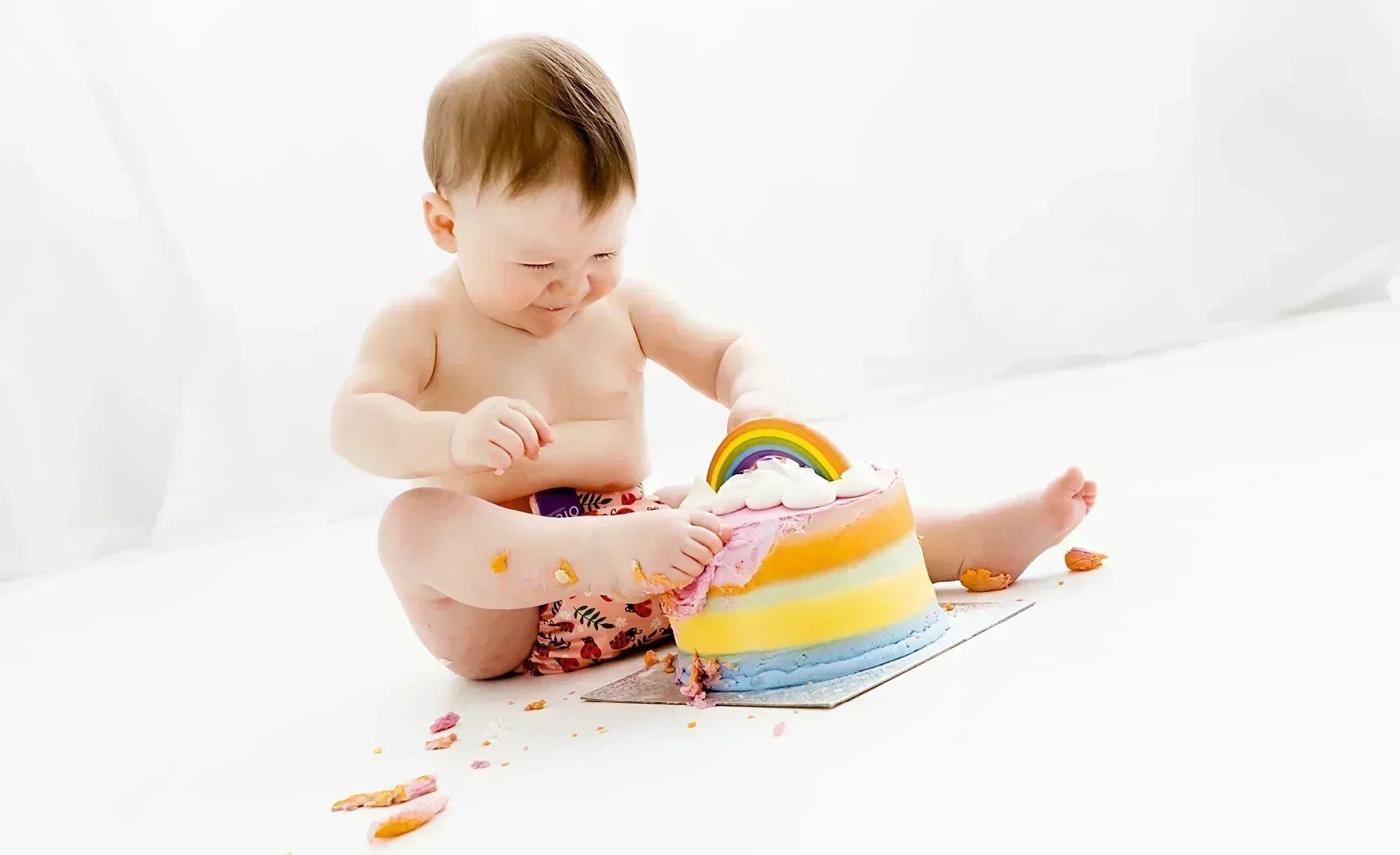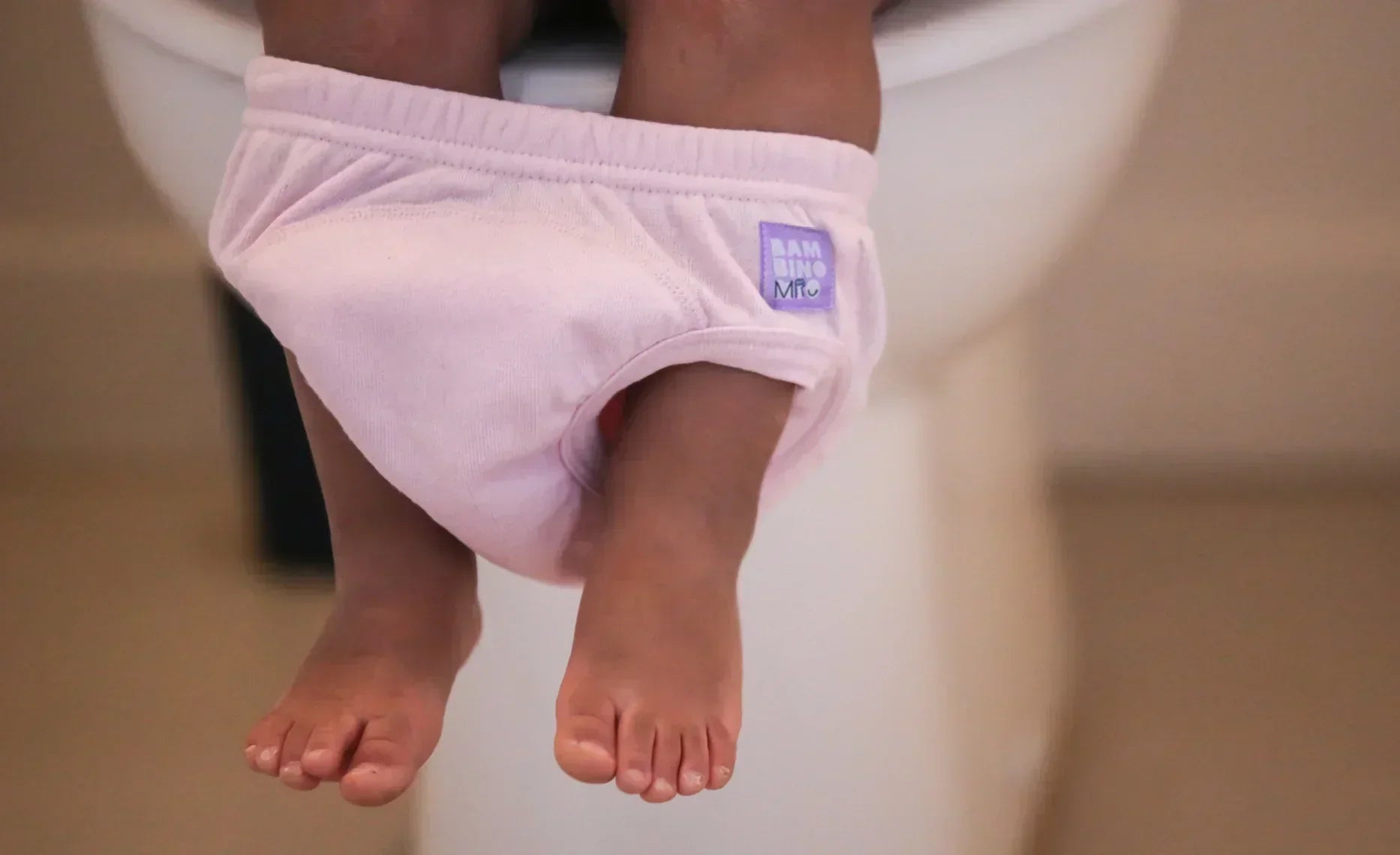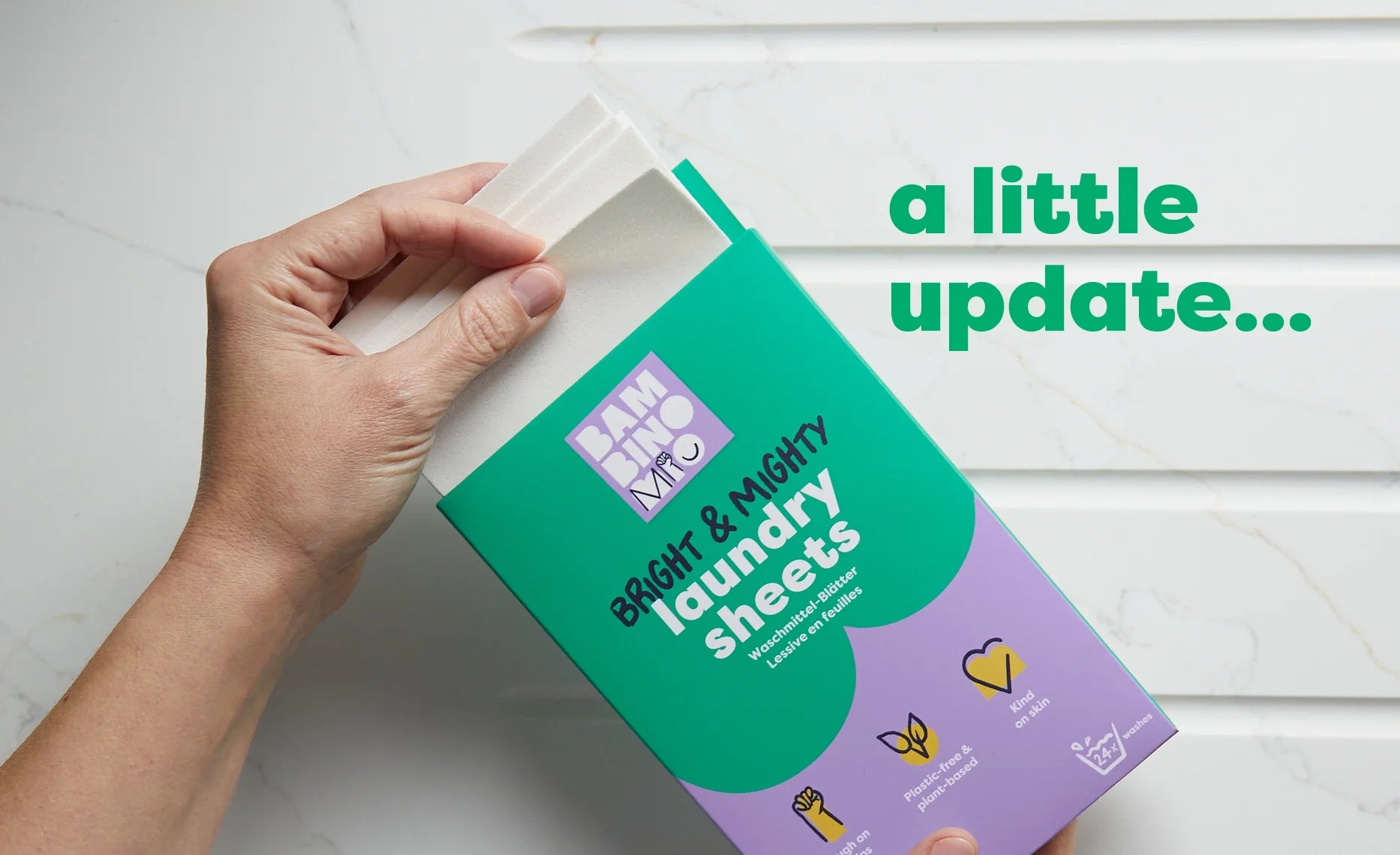The Truth About Biodegradable Nappies: Are They Really Eco-Friendly?
Share Options
- Bambino Mio
- 09 / 05 / 2023
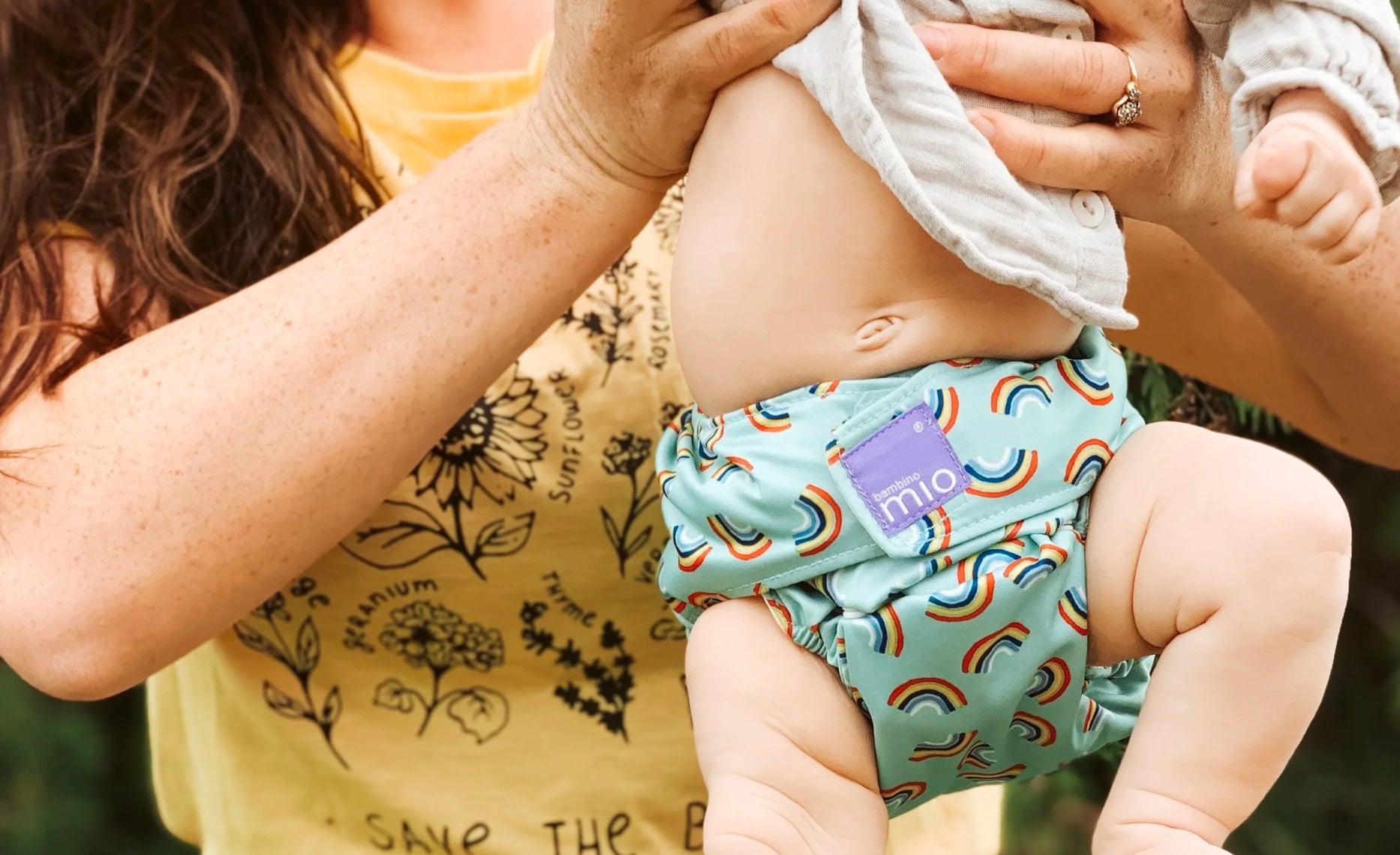
Inside this Article:
- What are biodegradable disposable nappies?
- The biodegradation of eco-friendly nappies
- What happens to biodegradable disposables when they hit landfill?
- Can you compost your eco-disposable nappies at home?
- When can I start using reusable nappies with my baby?
- FAQs
- Are biodegradable nappies really better for the planet?
- How long does it take biodegradable nappies to decompose?
- What is the best alternative to disposable nappies?
- Can I compost biodegradable nappies at home?
- What’s the environmental impact of using reusable nappies?
- Reusable nappies are better for your baby and better for the environment
- Citations and References
Find out the truth about biodegradable nappies and their biodegradation process under landfill and domestic compost conditions.
What are biodegradable disposable nappies?
Biodegradable nappies, sometimes referred to as eco-friendly disposable nappies, are single-use nappies with an absorbent core made from natural materials such as wood pulp and bamboo fibres. They’re designed to break down over several months or years and are marketed as a more ecological disposable nappy, with many parents buying them in a bid to help the environment.
“Regular” disposables are usually filled with super-absorbent polyacrylate gels which soak up and effectively trap urine, creating the so-called dry feel which makes disposable nappies so attractive. These gels can, alongside the plastic outer components of a disposable nappy, take centuries to decompose.
The biodegradation of eco-friendly nappies
Biodegradation of any material doesn’t just happen, it needs the right combination of factors - temperature, oxygen and microbes. Biodegradable materials like wood pulp and bamboo fibres will decompose in a matter of months in the right conditions, but landfill sites most certainly do not offer them.
Landfill sites discourage biodegradation so that the rubbish dumped there doesn’t rot away too rapidly, causing toxic chemicals to leak into the ground and releasing lots of greenhouse gases into the atmosphere.
The way people tend to dispose of single-use nappies, whether eco-friendly or not, also prevents them from decomposing. Most of us roll up a used nappy into a neat bundle, sometimes placing it into a nappy sack, before binning it. Rolling the nappy up seals it off from the environment and bagging it, even in a biodegradable nappy sack, just adds another barrier so eco nappies can linger on landfill for as long as regular disposables.
Then, of course, there’s the issue of plastics. Yes, even in eco-friendly nappies you’ll find plastics, usually in the sticky tabs and in the outer waterproof layer and these plastics will take just as long as others to decompose.
What happens to biodegradable disposables when they hit landfill?
Quite simply, they stay there and don’t biodegrade. Eco disposables won’t decompose on a landfill site because they get compressed by the other rubbish landing on top of them and this prevents oxygen getting into the organic absorbent material.
No oxygen means no bacterial activity and if most of the nappies are rolled up and in plastic bags, there’s even less chance of any decomposition of the nappy. Even if the nappy is made from wood pulp or bamboo fibres, if it’s not exposed to the air it’s just not going to degrade or compost.
Can you compost your eco-disposable nappies at home?
In theory, yes you can compost your biodegradable nappies at home, but not in any great number. If you’re changing your baby’s nappy six to 10 times a day or so, that’s going to lead to quite the pile at the bottom of your garden.
Under ideal composting conditions, in a well-aerated and warm pile, you’re still looking at three to six months for your eco-disposable nappies to compost. That’s 180 days, with eight nappies being added daily…
If you only use a few eco-disposable nappies each week and your baby’s in reusables most of the time, then you could think about composting but you still need to consider the plastics in the outer lining.
When can I start using reusable nappies with my baby?
Your baby can wear reusable nappies from birth, as most washable nappies are designed for babies weighing around 4kg and upwards. Reusable nappies are also kinder to sensitive skin as they don't contain any harsh chemicals. Many brands, including Bambino Mio, have nappies that grow with your baby up to toddlerhood thanks to ingenious systems of poppers and tabs so you only need to buy one bundle.
Modern reusable nappies are all about preventing leaks and if you do find your baby’s nappy is leaking occasionally, you can add a booster pad or insert for extra absorbency. Find out more about how to stop leaks when using reusable nappies here.
Many parents worry about the amount of laundry that using cloth nappies might involve, but you’ll probably only need to do two or three additional loads each week.
What’s better is that modern washing machines can clean soiled nappies at just 40C, so you don’t need to run an expensive hot wash every time you need clean nappies. You might want to add our Laundry Cleanser for a bit of extra whitening and hygiene, but 40C will do the job nicely.
When it comes to drying your nappies, you can line dry them, use an airer or a cool tumble drier, so no pricey hot tumble drying either. A win for you and a win for the planet!
FAQs
Are biodegradable nappies really better for the planet?
Eco-friendly disposable nappies can be better than regular disposables if you compost them properly, but this can be difficult to achieve and even though they contain more sustainable materials, there are also concerns over these nappies’ plastic components.
How long does it take biodegradable nappies to decompose?
If you have the ideal conditions then decomposition should take a few months to a few years. On landfill, however, eco-disposable nappies could take centuries to degrade.
What is the best alternative to disposable nappies?
Reusable nappies are the best alternative to disposable nappies. You buy one bundle of 16-24 nappies and your baby can wear them again and again until they’re toilet trained.
Can I compost biodegradable nappies at home?
You can compost eco-disposables at home if you have a well-aerated, warm composter and if you’re not piling on eight to ten more nappies every day.
What’s the environmental impact of using reusable nappies?
If you use washable nappies you’ll be reducing your CO2 output by up to 25% and be using less than 2.5% of the raw materials (4) that 2.5-3 years of disposables involves.
Reusable nappies are better for your baby and better for the environment
Many parents are worried about the planet they’re bringing their children into and there are few better ways to have a hands-on impact on your carbon emissions than to ditch the disposables.
Citations and References
(1) NIH. National Library of Medicine. ‘Biodegradability of a Polyacrylate Superabsorbent in Agricultural Soil.’ 2014. Web. https://pubmed.ncbi.nlm.nih.gov/24037296
(2) ThoughtCo. ‘Do Biodegradable Items Degrade in Landfills?’ 2023. Web thoughtco.com/do-biodegradable-items-really-break-down-1204144
(3) Which? ‘Why Biodegradable Nappies Might Not be as Eco-friendly as You Think.’ 2021. Web. www.which.co.uk/news/article/why-biodegradable-nappies-might-not-be-as-eco-friendly-as-you-think-aK1SK3T9QWBm
(4) Department for Environment Food & Rural Affairs (DEFRA). ‘Life Cycle Analysis of Nappies/Absorbent Hygiene Products 2021/23’ 2023. Web. randd.defra.gov.uk/ProjectDetails?ProjectId=20622


